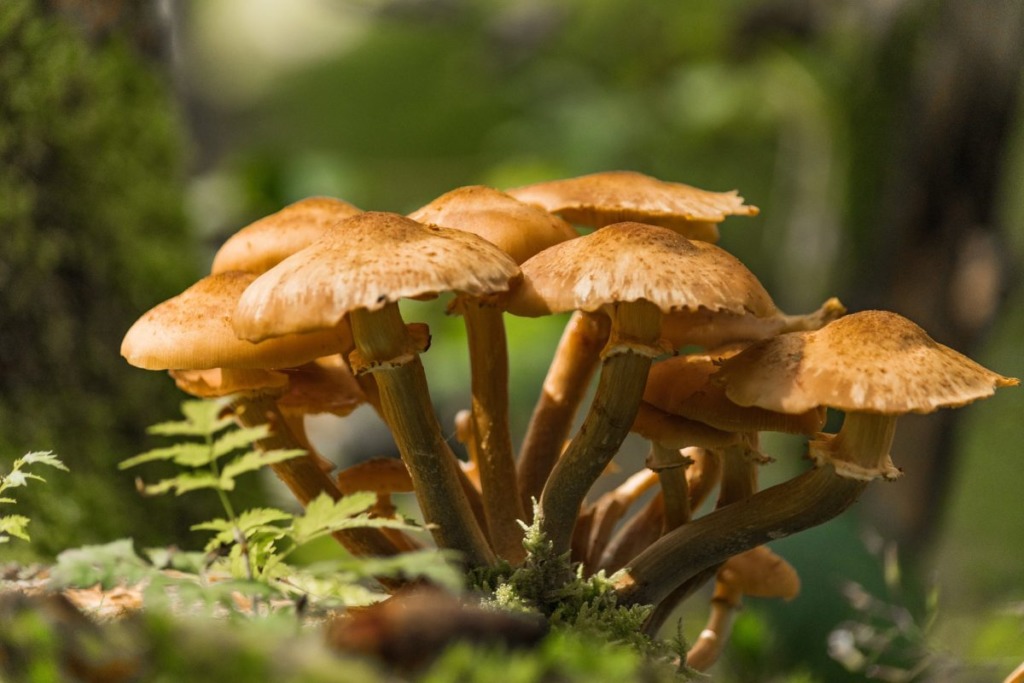Have you ever seen mold on an orange? Or a mushroom growing on the ground after it rained? Or mildew growing on the wall of a shower?

All of these are species of fungi. There are millions of species of fungi on Earth, many of which have not yet been discovered or officially described by scientists. The smallest fungi species are microscopic and the largest weighs as much as a blue whale.
Most of us probably think of fungi as gross signs that we need to clean our bathroom, or perhaps more positively as pizza and salad toppings in their mushroom form. Fungi are so much more though. There are vast networks of fungi underground that we know very little about, but that are essential for helping our ecosystems function.

These fungal networks help move water and nutrients around plant communities. In some cases these networks appear to help trees send information to each other about when one tree is injured or experiencing ecological distress. Underground fungal networks also help store carbon in the soil.
There are untold billions, maybe trillions, of miles of vital fungal networks that we need to explore! A group of scientists called the Society for the Protection of Underground Networks (SPUN), is studying the fungal networks under the ground we walk on.
They are building computer models of where they think large concentrations of fungal networks are. They also go into the field to sample soil to actually see what fungi species live there by sequencing their genomes. This project will help illuminate where unknown fungal networks are and what fungi species make up the networks.






